What do labor protection shoes protect against?
Labor protection shoes can usually be categorized into the following main types based on the hazards they protect against:
1. Protective toe shoes, commonly known as anti-smash or steel toe-cap shoes, have protective toe caps installed at the front to withstand impact and protect the toes from injuries caused by falling or rolling objects.
2. Anti-static and conductive shoes help eliminate static electricity buildup in the body and prevent electric shock from power sources under 250V. Conductive shoes provide conductivity but can only be used where electric shock is not a risk.
3. Insulated shoes, also called electrician's shoes, insulate the feet from electrified objects and prevent electric shock.
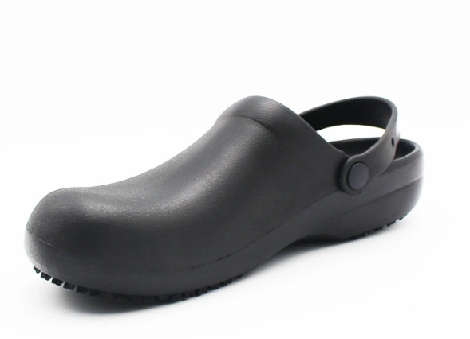
4. Anti-puncture shoes place a puncture-resistant pad between the insole and outsole to protect the bottom of the foot from sharp objects.
5. Heat-resistant shoes protect the toes from burns when working in high temperature environments.
6. Cold-proof shoes have insulating properties and are used where temperatures are 5°C or below to prevent cold injuries.
7. Waterproof shoes are suitable for work areas where water accumulates or splashes on the ground.
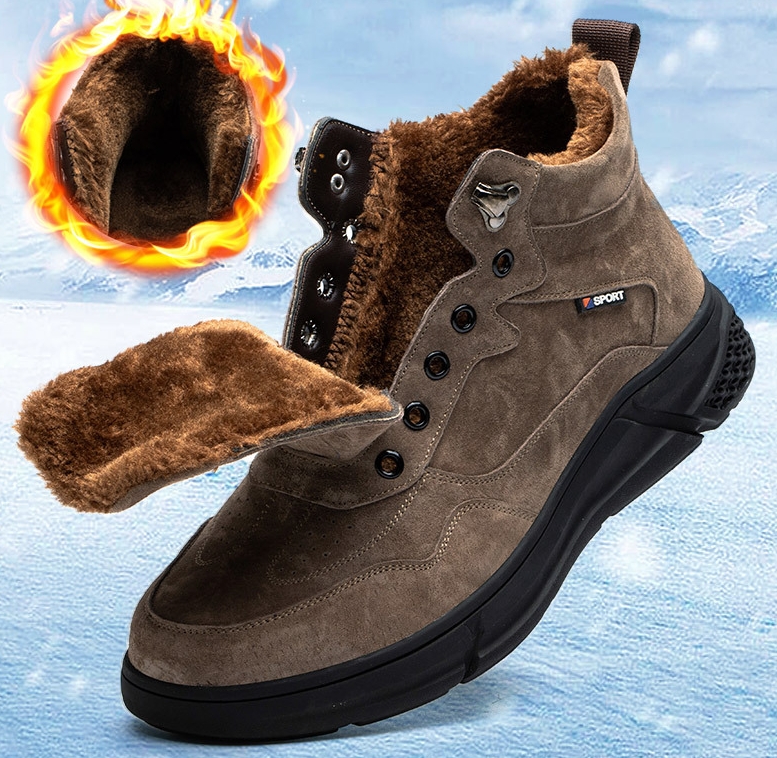
8. Oil-resistant shoes are commonly used in industries involving petroleum, machinery, power, food, rubber and oil transportation due to oil exposure.
9. Acid and alkali resistant shoes are appropriate for workers exposed to chemicals like acids, alkalis and their liquids in industries such as electroplating, pickling, electrolysis and chemical production.
The main purpose of labor protection shoes is safety. Xinjiaxu safety shoes meet international harmlessness standards and can be worn directly on skin without chemical dyes to protect safety.
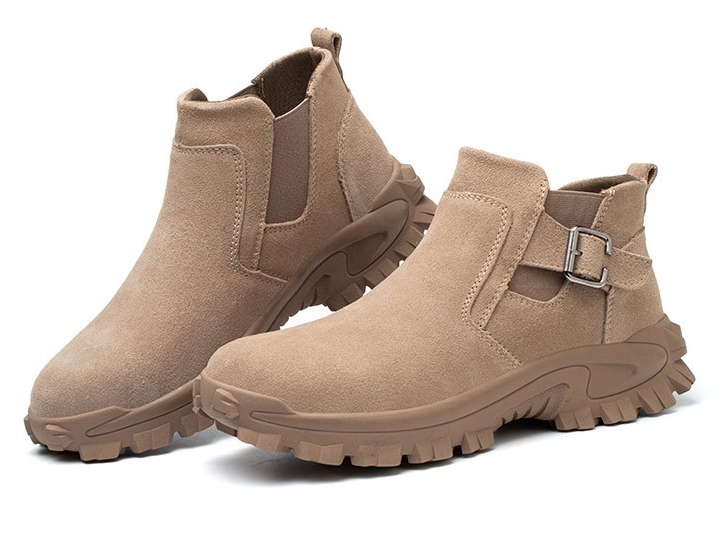 How to choose a reliable safety shoes manufacturer?
How to choose a reliable safety shoes manufacturer?
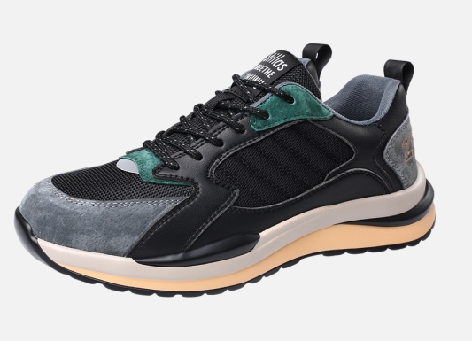 What brand of anti-smash safety shoes is good?
What brand of anti-smash safety shoes is good?
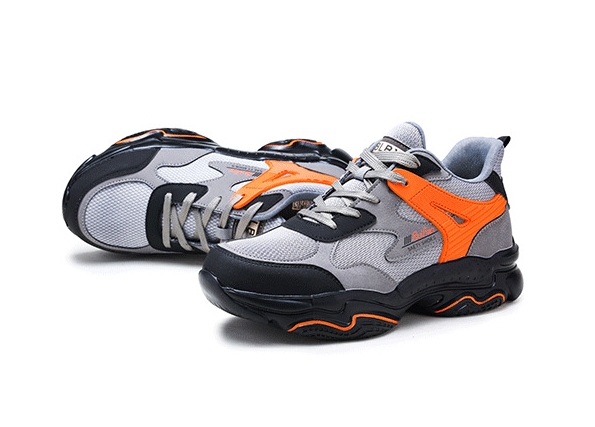 What are the safety shoes?
What are the safety shoes?
